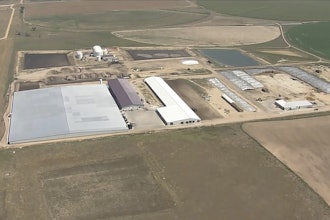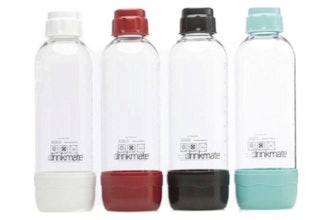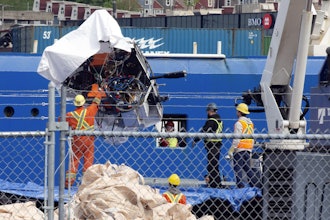Even though we speak in terms of technical cleanliness, it is relative. Every company wants to receive ‘clean’ components, but how clean an item should be is relative to its industry, application or end use. Like most aspects of manufacturing, cleanliness is a compromise between functional need, application risk and cost involved.
For most industries, production in an ‘uncontrolled environment’ is good enough, as opposed to manufacturing in a fully ‘controlled’ cleanroom environment.
Saying that cleanliness and processes are ‘uncontrolled’ outside of a cleanroom is a misnomer. Fundamental to the disciplines of any high quality manufacturer involved in supplying ‘clean’ product, whether from within or outside a classified cleanroom, is also a Good Manufacturing Practice (GMP) discipline firmly rooted in the facility’s quality systems.
Grey and white rooms are still classified as ‘uncontrolled’ environments, but utilize many of the controls required in a cleanroom, such as maintaining a constant temperature and humidity level, positive air pressure control to prevent airborne contamination from entering or special gowning and hygienic measures for people working in this area.
In manufacturing, it was the semiconductor industry that first asked for super clean production environments.
Today we are seeing an increasing trend for market segments other than the semiconductor industry to need seals and other polymeric components produced to very specific cleanliness requirements. The GMP regimes employed are strict, robust and error-proof, in the case of our life sciences facilities, embedded into ISO 13485 certified quality systems, with manufacturing equipment housed in controlled Class 7 and 8 cleanrooms.
In the last decade medical device manufacturers have been facing greater-than-ever cost pressures and strong scrutiny on subjects related to quality; cleanliness being a vital element of that quality. The rivalry to boost market performance has required customers involved in life sciences to rely on their suppliers’ core capabilities in order to obtain critical parts that must absolutely meet quality requirements.
Cleanliness is no longer only the responsibility of the end product manufacturer. Life sciences customers are subcontracting cleanroom manufacturing to contract manufacturers, who then subcontract components and sub-assemblies to suppliers. The responsibility for cleanliness is being pushed further and further down the supply chain and has become an essential factor for success.
In the case of advanced components that are manufactured for sophisticated products such as medical devices, contaminants can generate a wide range of defects.
For example; in order to be accepted into the cleanroom, materials need to meet specific conditions and be delivered in suitable containers. Solid controls, staff training, testing, periodic auditing and record keeping are a central part of the strict process required for cleanroom manufacturing. In addition, keeping machines under a precise maintenance program is vital because practically any malfunction can result in contamination of the environment.
Customers that require cleanroom manufacturing place stricter controls on the contamination of its products and choose responsible suppliers that take this matter extremely seriously, those that can exhibit adequate cleaning standards in cleanrooms and logbooks. It’s not only about suppliers with state-of-the-art operations but also those with the knowledge and experience to deliver products in compliance with customers’ quality requirements.
For the Liquid Silicone Rubber (LSR) components business, placing the complete manufacturing process in a fully automated, closed loop set-up inside controlled cleanrooms is an absolute necessity for pharmaceutical and life sciences manufacturing. While a cleanroom does generally not provide a sterile environment, microorganism control is of particular concern for those sectors, with constant monitoring of both environment and personnel taking place.
We’re dealing with extremely sensitive components, in particular in drug delivery devices, other types of medical devices as well as short-term implants. Potential contamination is just not an option when products are in contact with medicines, nutrition or bodily fluids and when people are under stationary or ambulatory hospital care or increasingly undertaking self-medication.
Quality is fundamental to the success of our customers. The use of cleanrooms plays an important role in mitigating contamination during the manufacturing process. This is an ongoing evolution that will bring increased monitoring and regulatory requirements to guarantee that the overall process is always in compliance. Much progress has been achieved in this area and further improvements are yet to be unveiled due to the growing trend towards stringent and well defined, cleaner manufacturing environments.
Ursula Nollenberger is a Product Director of Liquid Silicone Rubber (LSR) Components and Luis Tissone is Director of Life Sciences at Trelleborg Sealing Solutions.























